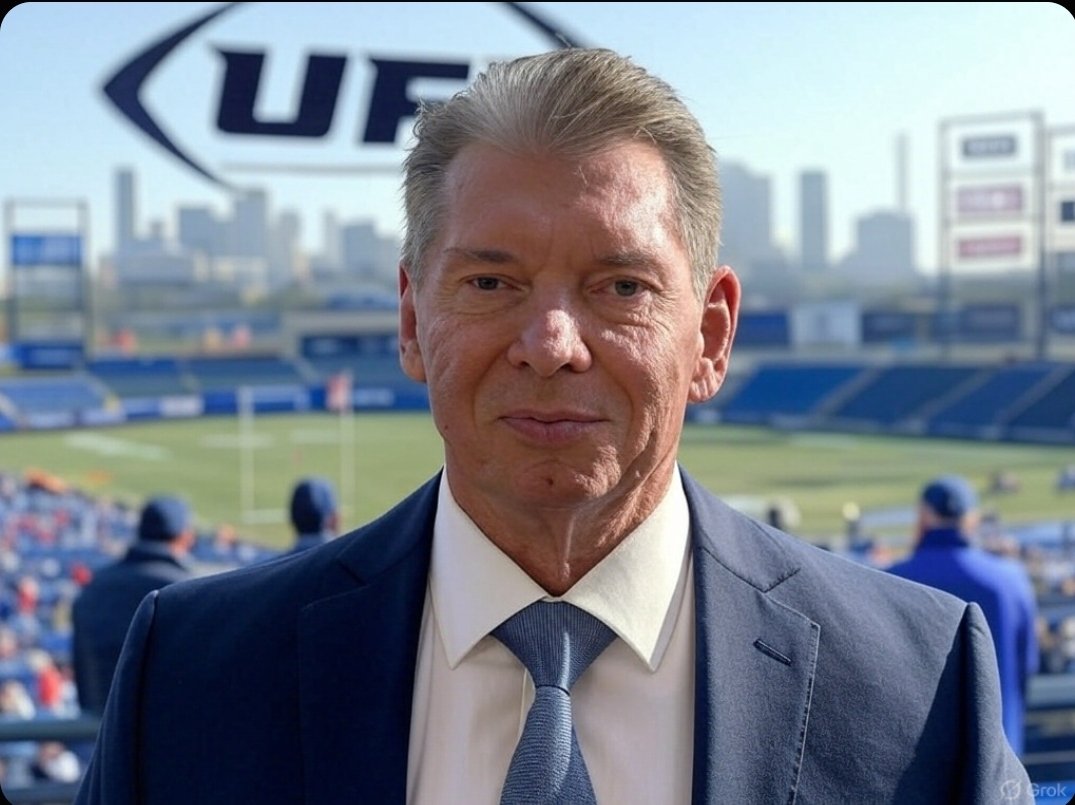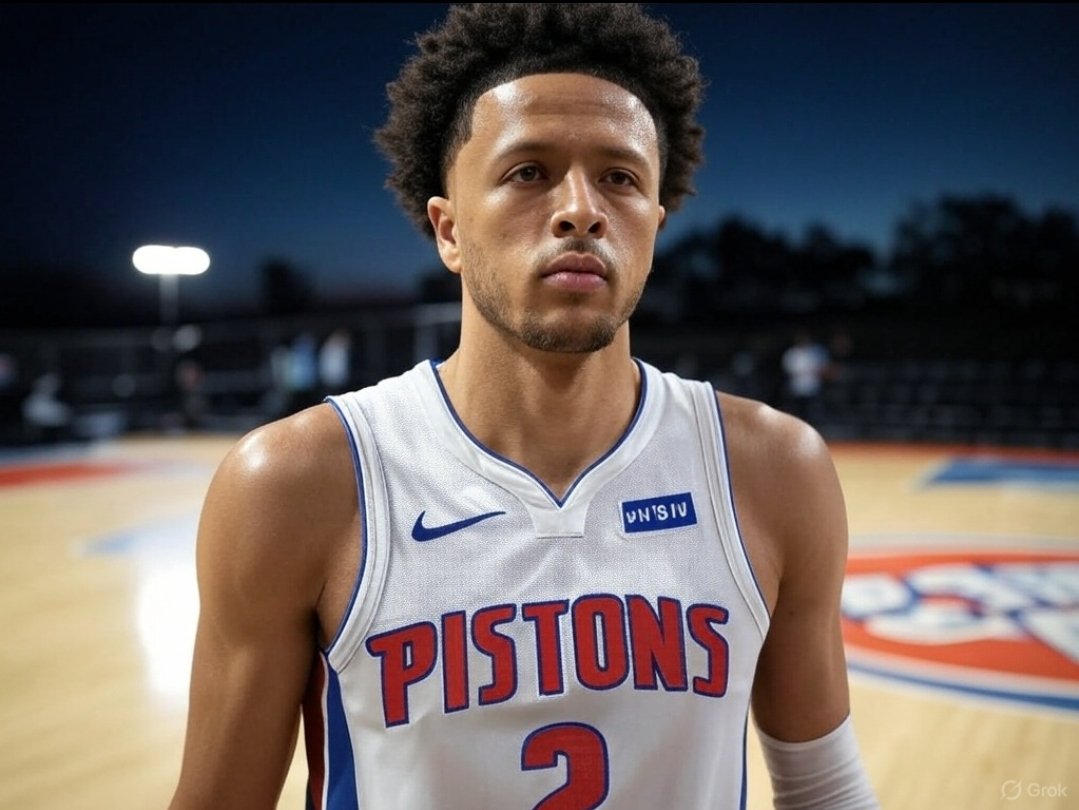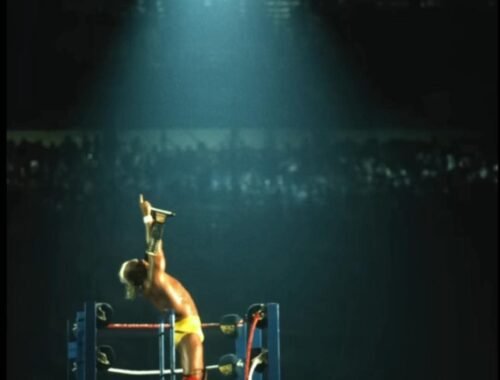
The UFL would thrive if Vince McMahon was brought back; here’s how…
The UFL’s struggles stem from a lack of visibility and engagement in key markets like Houston and Memphis, as well as across all team cities; the answer to this problem is Vince McMahon.
Why the UFL Isn’t Doing Better
The UFL’s marketing issues likely stem from a few key problems:
Limited Budget: As a smaller league, the UFL might lack the funds for widespread advertising. Billboards and large-scale campaigns are expensive, and the league may be prioritizing operational costs over marketing.
Lack of Local Focus: By centralizing games in hub cities like Arlington and Birmingham, the UFL may be neglecting local fanbases in cities like Houston and Memphis. Without consistent local engagement, fans in those markets feel disconnected.
Leadership and Vision: The involvement of figures like The Rock, who has multiple commitments, might be splitting focus. The league may lack a unified marketing strategy, leading to inconsistent promotion across markets. With McMahon out of WWE his singular focus on the product would only drive it forward.
Competition: The UFL competes with major sports leagues like the NFL, which dominate media attention and fan interest. Without aggressive marketing, the UFL struggles to stand out.
Should Vince McMahon Come Back?
Vince McMahon, the founder of the original XFL, is a polarizing figure in sports entertainment. Here’s why his return might be considered, and why it might not work:
Why He Could Help: McMahon has a proven track record of bold marketing from his WWE days and the original XFL launch in 2001. He’s known for spectacle—think over-the-top promotions, fan engagement, and creating buzz. His approach could address the UFL’s visibility issues, with aggressive advertising and fan events that the image calls for. McMahon’s experience in building a brand from scratch could help the UFL carve out a niche.
Why He Shouldn’t Return: McMahon’s XFL ventures (2001 and 2020) both failed financially, despite initial hype. His 2020 XFL relaunch went bankrupt due to the COVID-19 pandemic, and he sold the league to The Rock and Dany Garcia. McMahon’s focus on entertainment over sustainable football operations has been criticized, and his controversial reputation (including legal issues in recent years) could harm the UFL’s image. But I honestly don’t think it would.
The Blueprint was Created by Vince McMahon during XFL 2.0
Vince McMahon took several strategic steps during the 2020 XFL relaunch to position the league for success, aiming to overcome past failures and external challenges like the COVID-19 pandemic. Here’s a detailed look at his efforts:
Focus on Football, Not Gimmicks: Unlike the 2001 XFL, which leaned heavily on sports entertainment with elements like scantily clad cheerleaders and wrestling-style theatrics, McMahon rebranded the 2020 XFL as a serious football league. He aimed to reduce off-field controversies and focus on “the love of football,” emphasizing faster, simpler play compared to the NFL. This included eliminating the professional wrestling elements that had previously alienated fans, such as over-the-top promotions, and instead prioritizing a professional product with high-quality players and teams.
Innovative Rules and Broadcast Features: McMahon introduced rule changes to make games more exciting and fan-friendly. For example, the XFL implemented a unique kickoff setup (players stationary until the ball was caught, reducing high-speed collisions while encouraging returns), a faster play clock, and in-game innovations like Skycams, player microphones, and mid-game interviews. These features aimed to enhance the viewing experience and differentiate the XFL from the NFL, potentially retaining fan interest even amidst a crisis like the pandemic. The league also allowed player-to-coach helmet communication, a feature later adopted by the NCAA, which added strategic depth and transparency for viewers.
Professional Marketing and Team Setup: McMahon ensured the 2020 XFL had a more polished presentation than its predecessor. The league’s marketing was professional, with team names and logos revealed on August 21, 2019, and uniforms unveiled on December 3, 2019. The eight teams—Dallas Renegades, DC Defenders, Houston Roughnecks, Los Angeles Wildcats, New York Guardians, Seattle Dragons, St. Louis BattleHawks, and Tampa Bay Vipers—were strategically placed in large and medium markets to maximize fan engagement. McMahon’s Alpha Entertainment owned all teams, allowing for centralized control and consistent branding, which could have helped maintain operations during the pandemic by avoiding the financial fragmentation seen in other leagues.
Securing Sponsorships and TV Deals: In the week leading up to the 2020 season kickoff, McMahon secured sponsorships with major brands like Gatorade and Anheuser-Busch (promoting Bud Light Seltzer, leading to the “seltzer chug” tradition). These deals provided crucial revenue streams. Additionally, the XFL signed TV deals with Fox, ABC, and ESPN, covering production costs (around $400k per game). McMahon’s strategy was to prove strong ratings early on—games averaged 2.08 million viewers on ABC/ESPN and 2.02 million on Fox in the first four weeks—then renegotiate for a larger deal. This approach could have sustained the league through the pandemic if the season hadn’t been cut short.
Player and Community Engagement: McMahon structured player contracts to foster community ties, making them 52-week jobs despite the 10-week season. This allowed players to integrate into their cities, potentially building a loyal fanbase that could have endured a pandemic-induced pause. The league also signed talented players like quarterback Landry Jones on August 15, 2019, and held a draft from October 15 to 16, 2019, ensuring competitive rosters. Fan engagement was evident in markets like St. Louis and Seattle, where games drew significant crowds (averaging 18,614 fans league-wide), indicating potential resilience against external disruptions.
Financial Commitment and Planning: McMahon invested heavily, reportedly prepared to spend up to $500 million—five times his 2001 investment. He sold $100 million in WWE stock in December 2017 to fund Alpha Entertainment and later liquidated an additional $270 million in March 2019. His initial plan accounted for losses over the first three years, expecting to offset them with a big TV rights deal later. While the pandemic tripled these losses, McMahon’s financial buffer (including a $9 million advance to the XFL in 2020 to meet payroll) showed his commitment to weathering early setbacks, though he ultimately used COVID as an excuse to exit.
conclusion
The UFL can enhance its performance by embracing Vince McMahon’s vision, particularly in terms of strategic marketing initiatives tailored to each team’s local city, fostering increased fan engagement, and introducing rule modifications to augment the overall game experience. The league’s current struggles are likely attributable to budgetary constraints, inadequate local focus, and inconsistent leadership.
While Vince McMahon’s marketing acumen could potentially elevate the league’s visibility, his checkered past with the XFL, despite corrective measures implemented in XFL 2.0, renders him a contentious figure and a potentially risky choice.
Consequently, the UFL may be better served by cultivating more effective leadership capable of executing a focused, fan-centric strategy, McMahon is the man for the job. This thereby mitigates the risk of jeopardizing the league due to misguided direction and other pertinent factors.




